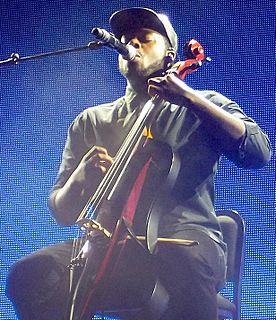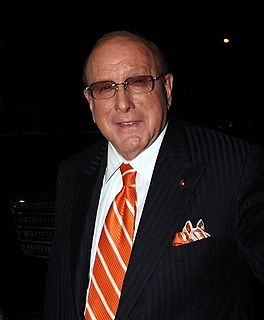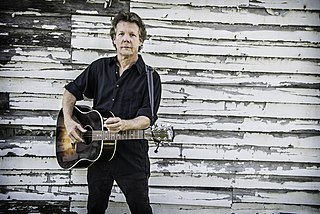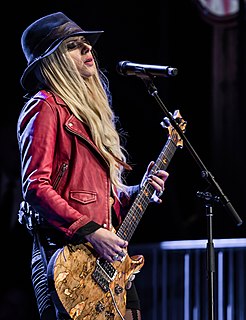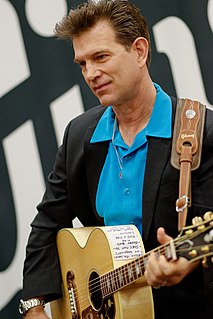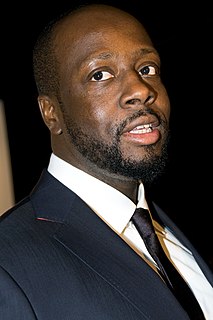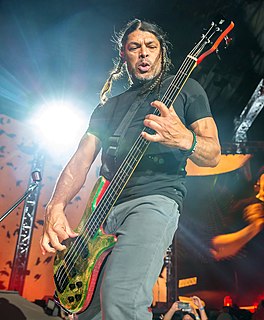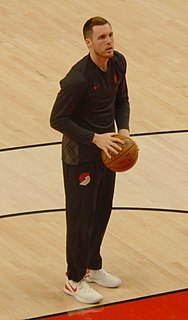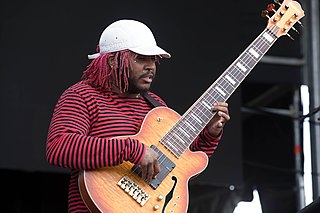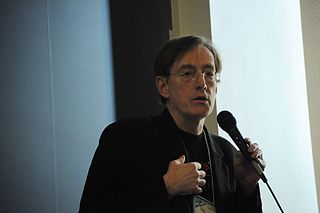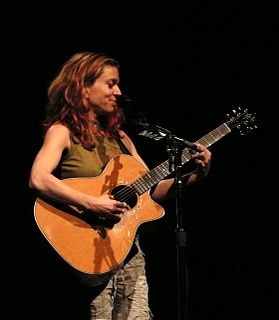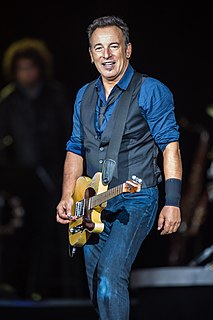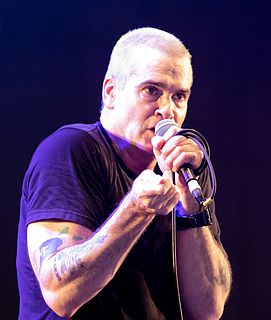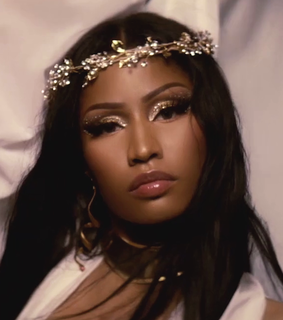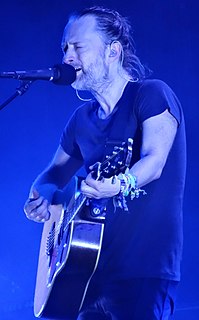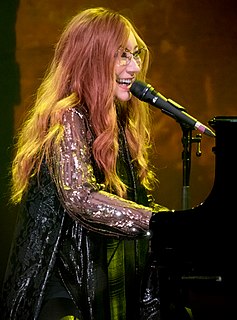A Quote by Kevin Olusola
I want to be what Kenny G. and Carlos Santana were, but for this day and age.
Related Quotes
I have beautiful, beautiful clothes, designed by my bachelor boy son, Kenny. Kenny has a big following as it is, and even Lady Gaga has asked Kenny to design dresses for her. But Kenny isn't very keen on, well, shall we say, extreme women. He likes someone that women all over the world can identify with.
In 1942 Cachao wrote a tune for Arcao, 'Rareza de Melitn,' with a memorable catchy tumbao. In 1957 Arcao recorded a reworking of it under the name 'Chanchullo'; and in 1962 Tito Puente reworked that into 'Oye como va,' still with that same groove. In this form, audibly the same, it powered Carlos Santana's multiplatinum 1970 cover version, close to three decades after Cachao first played it.
